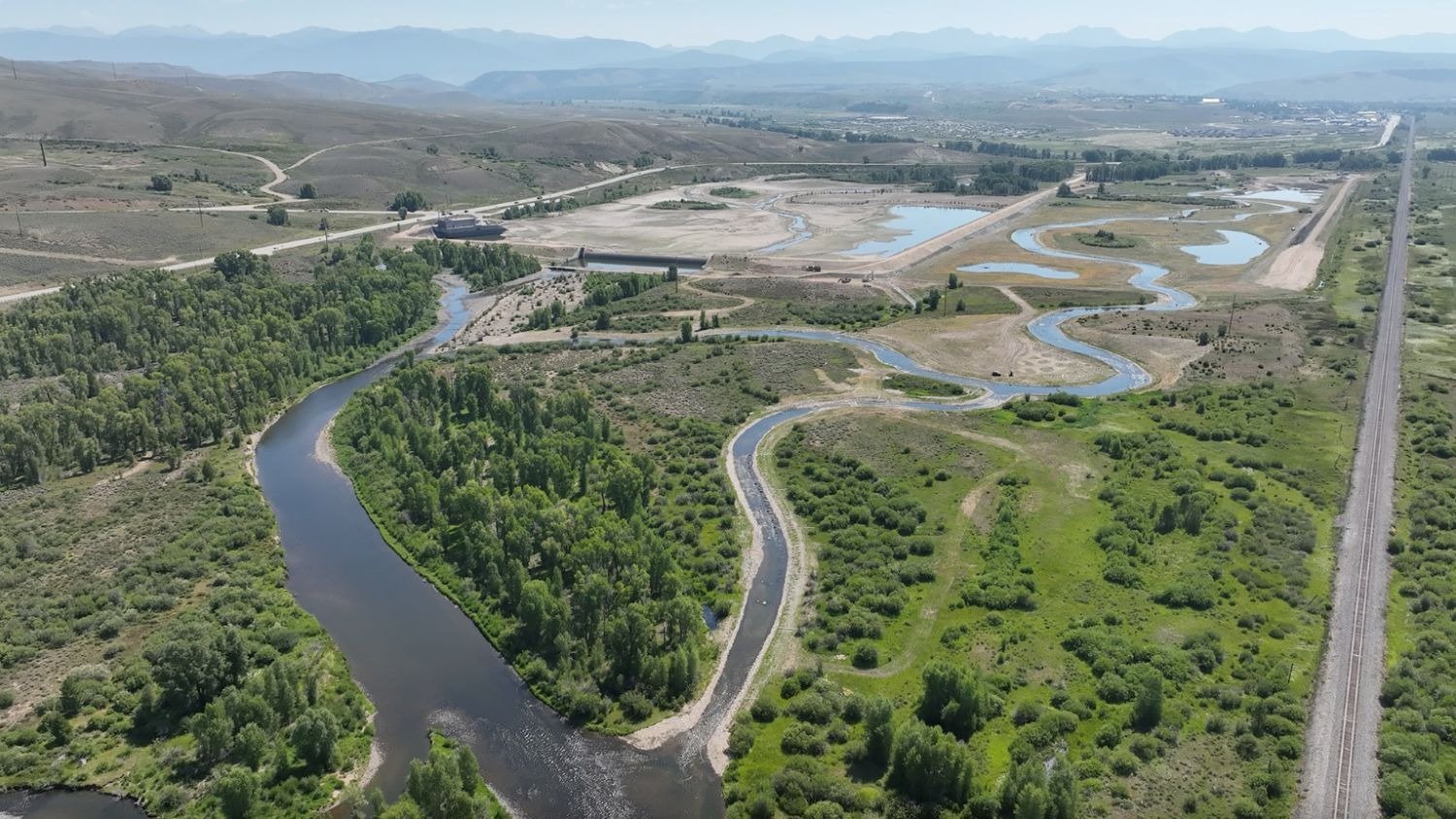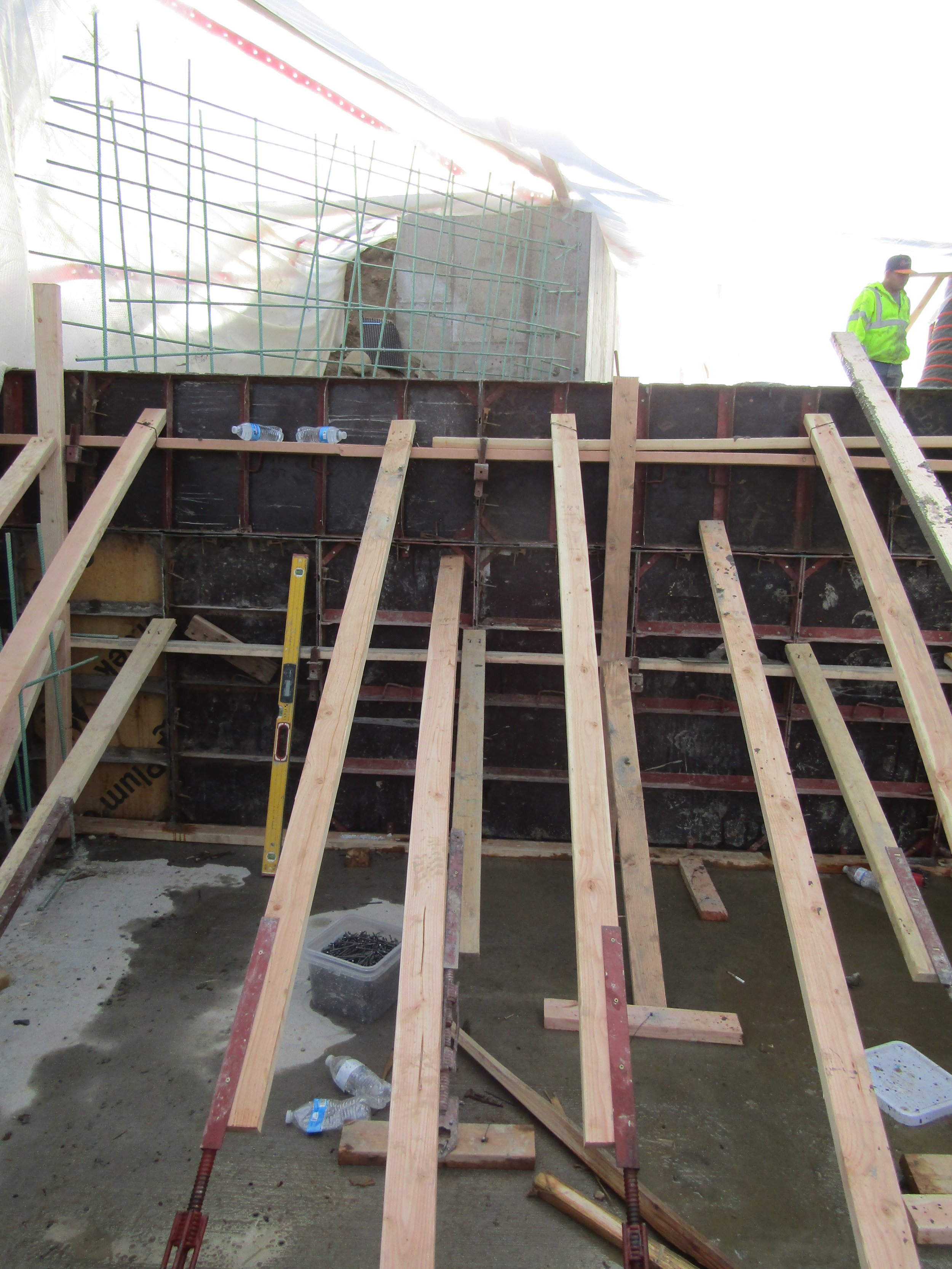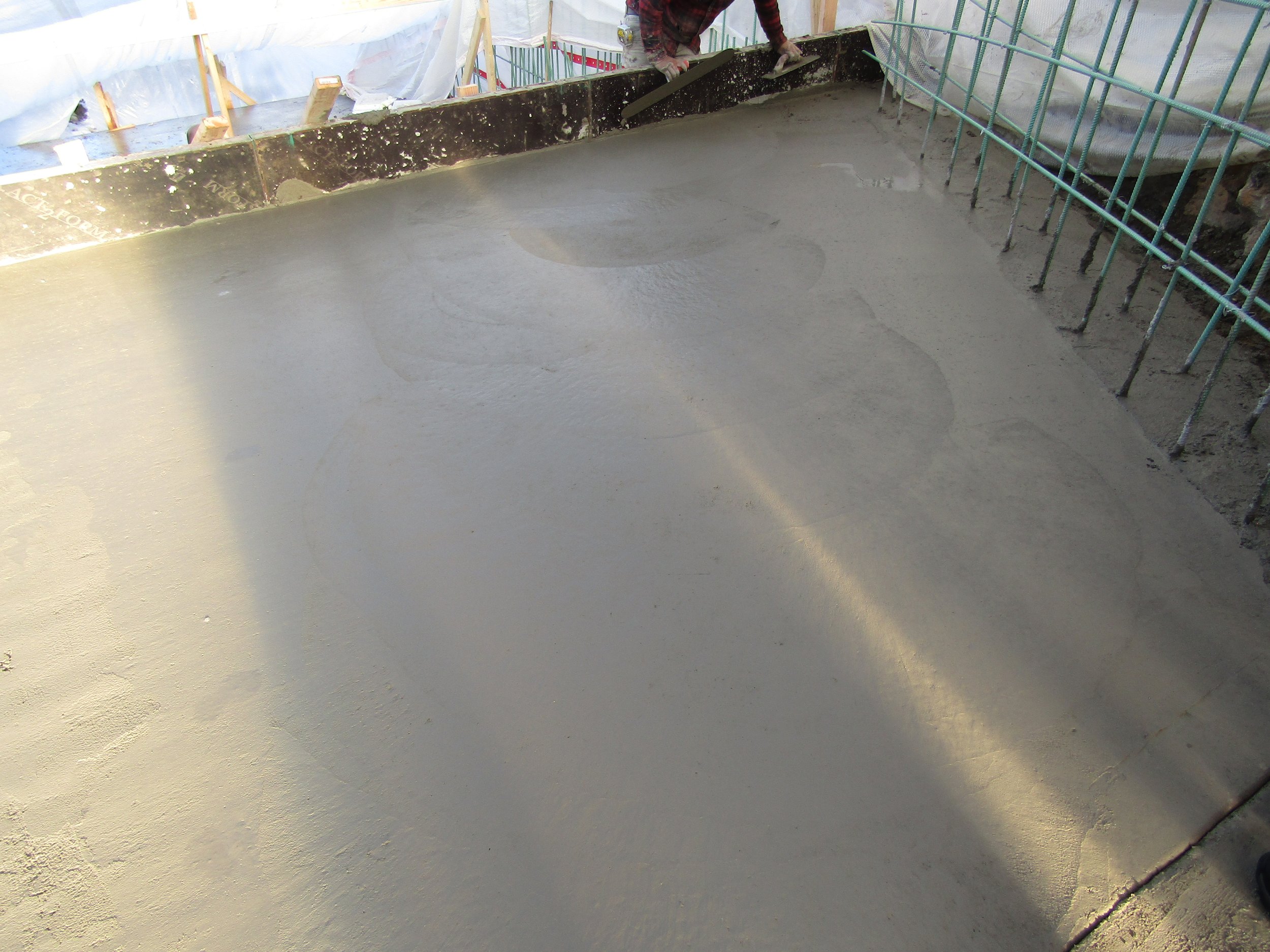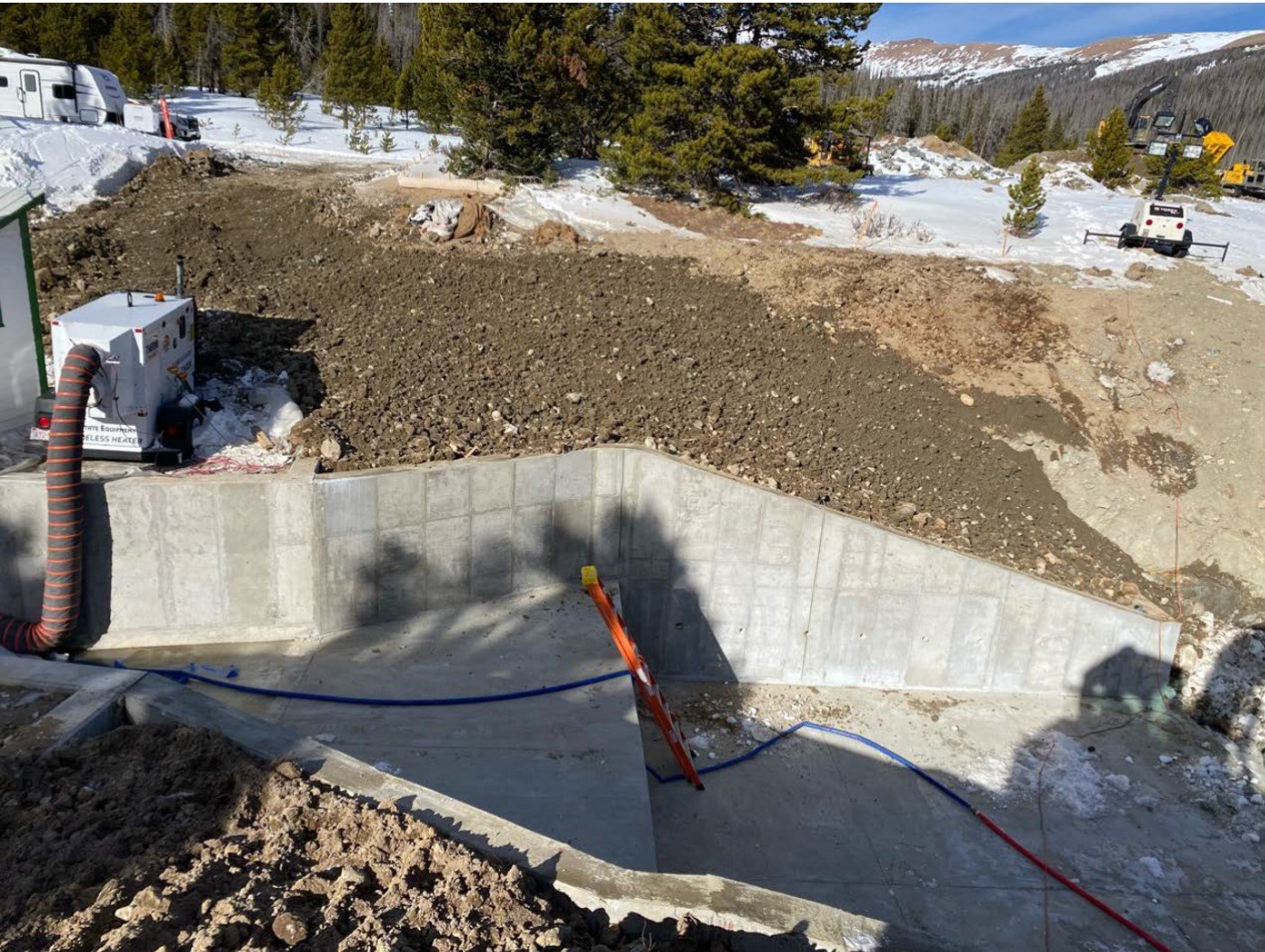Celebrating Bud Isaacs, and Reconnecting the Colorado
Bud Isaacs, a longtime advocate for the Upper Colorado River and past recipient of the Silver Trout Award passed away last month. The Colorado TU family will miss Bud, but his legacy will live on through the Colorado River Connectivity Channel that he helped champion for many years. CTU Past President Tony Kay shared this statement at Bud’s memorial service.
To my Dear Friend Bud,
Kaye asked me to explain the reference made to UCRA in the memorial notice and obituary and why it was so important to Bud.
Bud and I shared a lot of interests. Hunting, fishing, tennis, to name a few, but above all, we shared a passion for preserving and restoring a small piece of the Colorado River.
Before I unravel UCRA for you I would like to talk about Bud, Bud the boy, and Bud the man we all came to know and love. Bud was a naturalist in the truest sense of the word. He loved the natural world and everything in it, all its inhabitants, bugs, birds, animals, plants and all the other wonders of nature. Growing up in Sumatra, Indonesia he knew jungles and the wonders they hid. Getting to interact with a baby tiger as a boy, may have been the spark that lit his fierce devotion to nature. He loved the outdoors. He was truly a man for all seasons.
A consummate fly fisher, hunter, skier. Upland bird hunter with his beloved dogs, Pebbles and Riva. Everything about nature captivated him, whether he was fishing the Amazon, Iceland, Alaska, Mexico, Christmas Island or Chile. Africa was a favorite of his not to mention he and Kaye’s beautiful garden. Above all Bud cared about Colorado, his backyard and felt it was something he could do something about and he did.
UCRA is the acronym for the Upper Colorado River Alliance. I am going to give you a little history on how it came to be.
In 1998, Bud contacted me as he knew I was in my ex officio role as President of Colorado Trout Unlimited and was working hard to try to mitigate what was turning into an environmental disaster on the Upper Colorado River. We were losing all of the Colorado rainbow trout, due to the impact of whirling disease precipitated by a small dam just below Granby called Windy Gap.
Bud recognized the problem early on and we joined forces to help deal with it. Together we set up meetings between the relevant authorities and the Northern Colorado Water Conservancy District, who owned Windy Gap, to see what if anything they were willing to do to mitigate the problem.
Just to illustrate how long this process took, the proposed solution, which was to take Windy Gap offline and re-connect the river, was begun 24 years ago . We had willing participants and in early 1999 had our first engineering drawings to re-connect the river completed. By the summer of 2001 we had made a lot of progress and just prior to an Intergovernmental Agency agreement being signed by all parties, 9/11 happened which among things put the project on hold.
Around 2010, Bud got wind of changes that the water buffaloes wanted to make, relative to their water rights on the Colorado River. He sprang into action and hired the finest water lawyers to represent us. New research that he managed to obtain showed the river to be in far worse shape than we originally thought. The section of river below Windy Gap had lost 6 species of Mayfly and their prized Stoneflies in the short space of 20 years, and Windy Gap reservoir was to blame.
We began the hard fought battle of legal and public pressure to push our proposal to take Windy Gap offline and re-connect the river. We began looking for allies. Trout Unlimited National Office decided we needed help and assigned their resident legal expert to aid in our cause. Grand County, Colorado Parks and Wildlife and the Colorado River Headwaters Chapter of Trout Unlimited pitched in to help. In further meetings with all the parties involved, they soon learned that Bud was willing to do whatever it took and if need be, would fund it himself. Bud was a formidable adversary and with him leading the charge, a new agreement began to take shape.
In early 2011 we decided to form UCRA as a 501C3 non-profit corporation, dedicated to preserving and protecting the Upper Colorado River. We knew we would need help from our partners in the drainage and elsewhere and wanted to provide a mechanism whereby we could share the financial burden of the awesome task we had undertaken. Bud along with well-known author Steve Grace decided to write a book about Bud and the struggle to preserve the river for future generations titled “Oil and Water”, the proceeds from the book go directly to UCRA.
Bud’s last project was to film a documentary about the struggle to re-connect the river and documentary film maker Nickolas Barris is currently working on completing this.
The day Bud died was the same day all the stakeholders were meeting in Granby. The Project was now in the hands of the Natural Resources Conservation Service, a subset of USDA, and well on its way to completion. Bud was going to attend the meeting via Zoom as he and Kaye were in Florida. I was driving up Berthoud Pass on my way to the meeting, when Kaye called to give me the bad news. To break the news gently to me she said, Bud won’t be able to attend the meeting tonight, but he will be there in spirit. This was the final public comment meeting for those in support or against the project. There were no dissenters, Bud knew that we had succeeded and that what he had fought for so long and hard was soon going to become a reality
As always there are many folks who have been involved in this project and I know Bud would have wanted to thank all of you who helped get us to this point. You all know who you are.
In the future as you take the drive over Berthoud Pass, down through Winter Park and the Fraser Valley, just past Granby, you will see just over a mile of beautiful new river with public access that wasn’t there previously, adjacent to a much smaller Windy Gap reservoir. Stoneflies the size of swallows will be bouncing off your windshield and you will remember that Bud Isaacs made that possible and you will say:
Thank you Bud!
- Tony Kay

